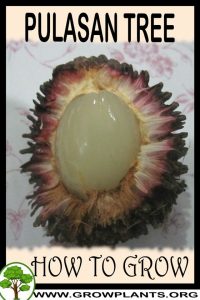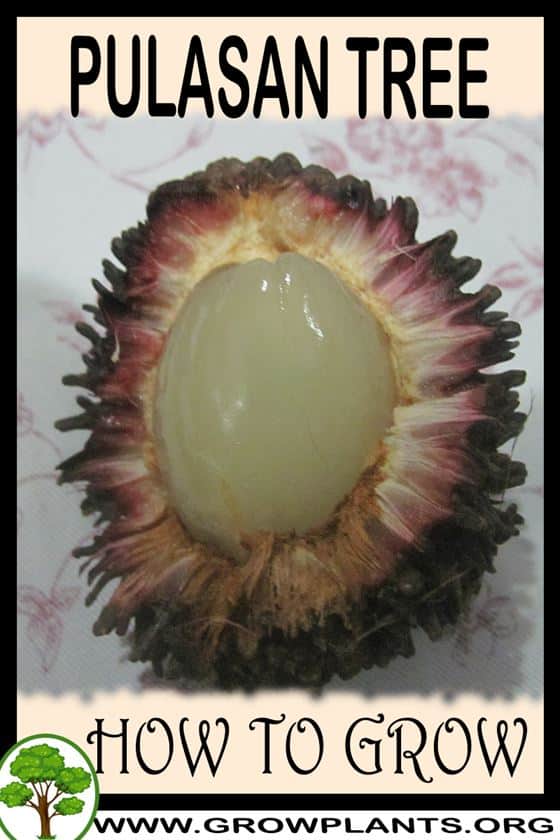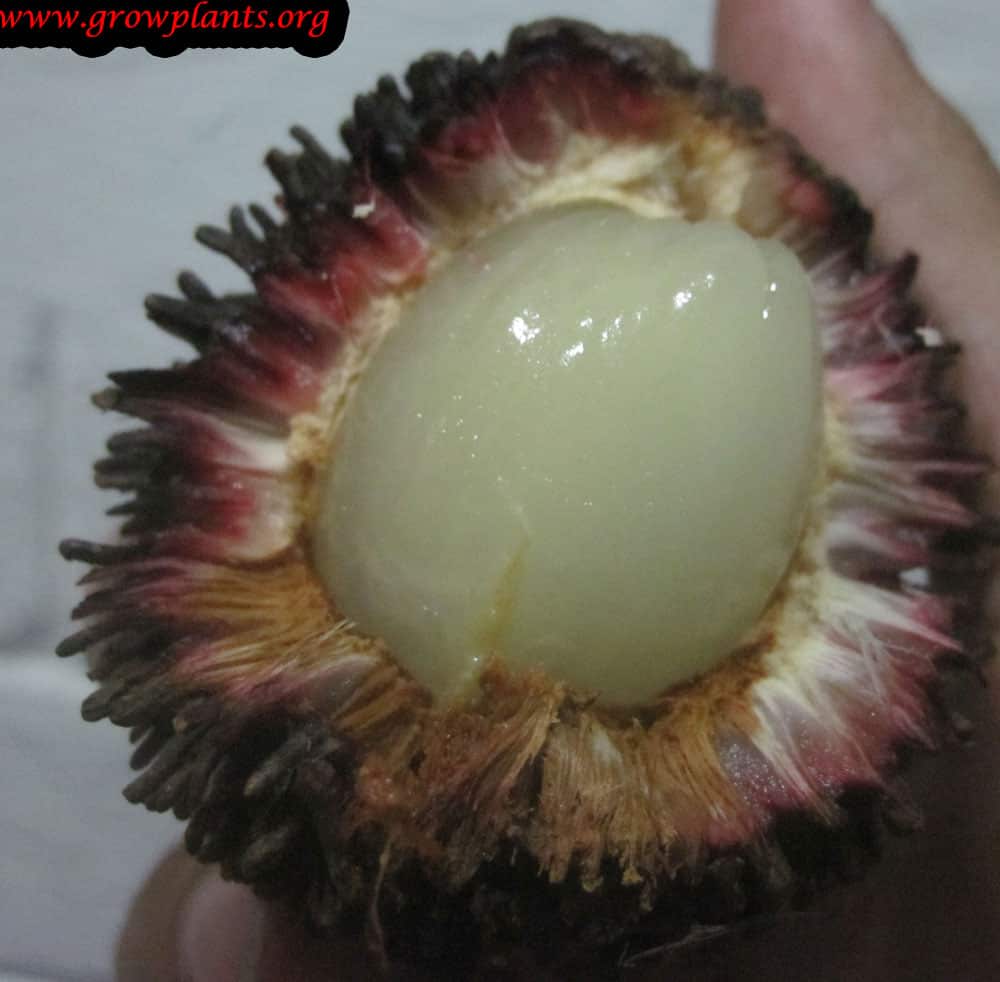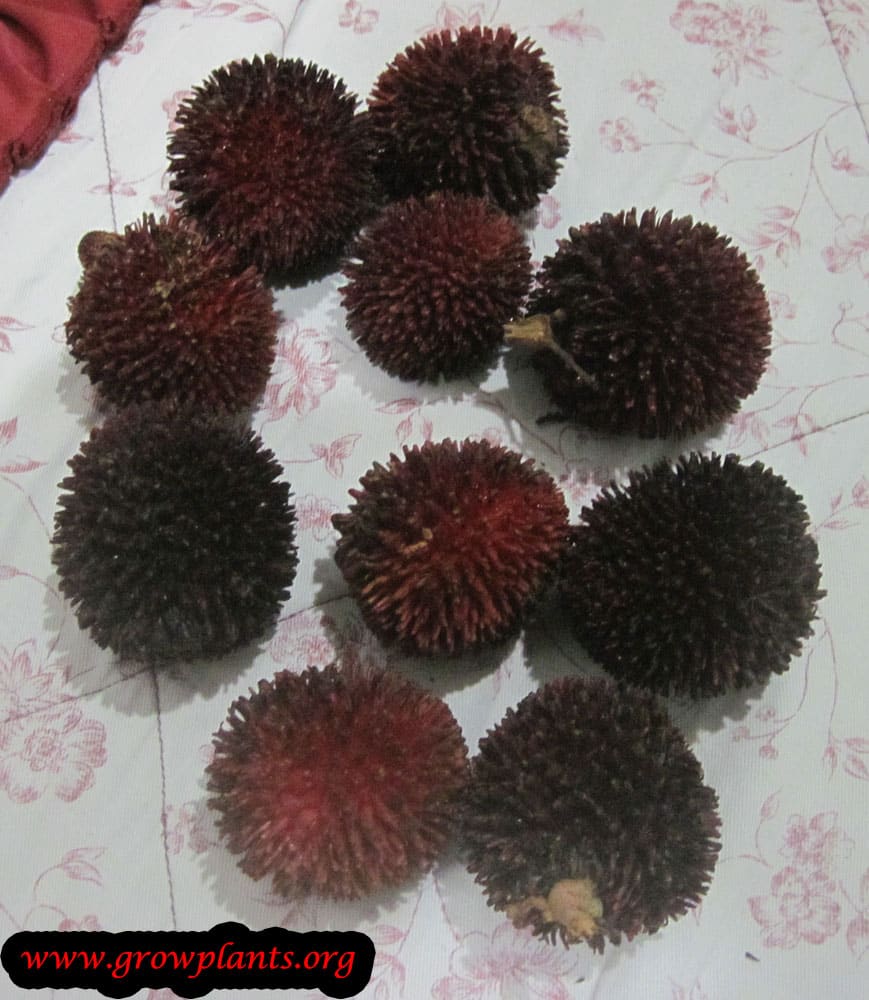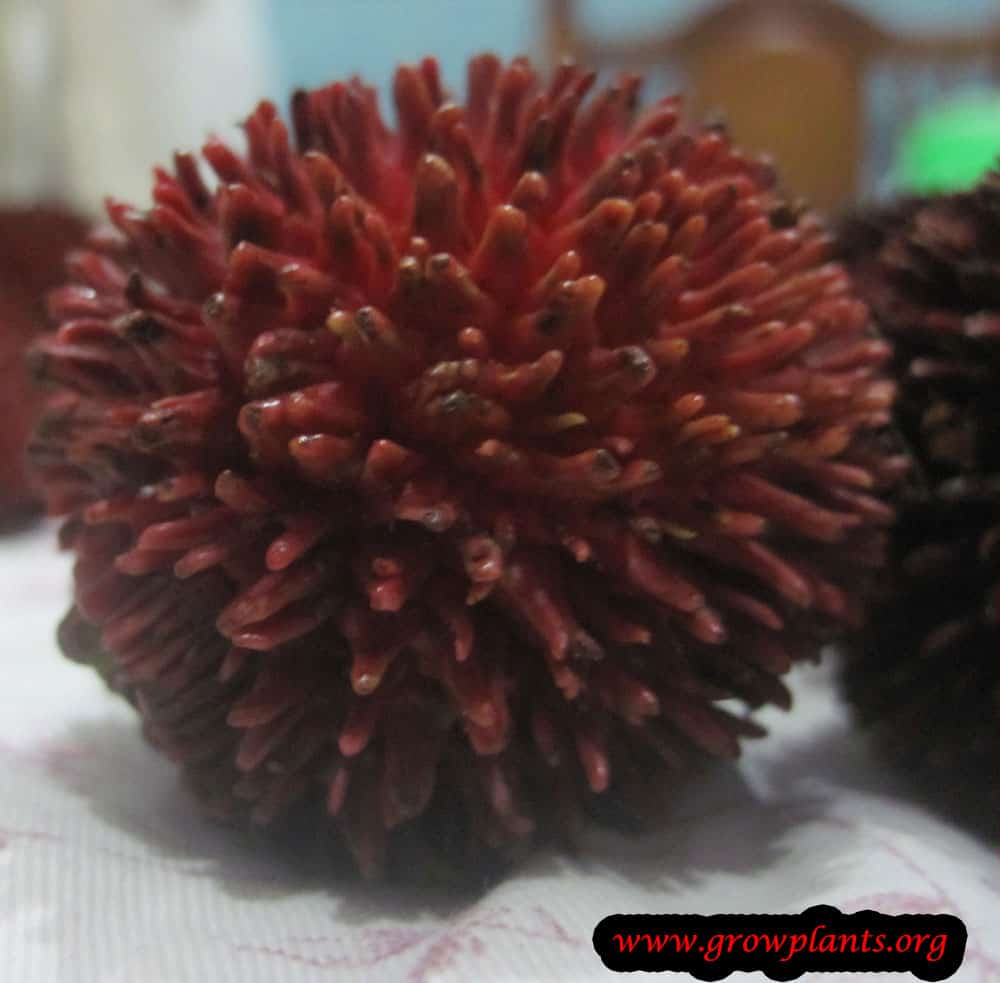How to grow Pulasan growing, care and cultivation:
2 trees: female and male, high humidity, frost free
What is the best way to start growing?
Plant / Seeds – explanation bellow / Vegetative Reproduction – air layers and cutting
Is it necessary to graft in Pulasan?
No, but recommend grafting two different clutivars on the same plant male and female on the same tree
Difficulties or problems when growing:
Sensitive to winds
Planting season:
Spring, summer, autumn (hardiness zone 10b-11 only in the spring from tree)
Pests and diseases:
Aphids, ants, termite
Pruning season:
Autumn / Winter
How to prune:
Dead and week branches
Size of the plant?
4-8 m, 12-24 feet
Growth speed in optimal condition:
Medium growing, in the beginning it’s slowly and takes the tree few years before start to grow faster
Water requirement:
Big amount of water, keep the soil moist, high humidity
Light conditions in optimal condition for growing:
Full Sun
Is it possible to grow indoor as houseplant?
No
Growing is also possible in a planter /flowerpot / containers:
No
Blooming information
Bloom season:
Winter – Spring
General information about the flower:
Flower color are white the size 1-2 mm the flowers are separate to female and male flowers on separate trees
Pollination is done by:
Bees, flies
Edible fruits
Fruit harvest season:
Spring / Summer
Fruits pests or diseases:
Aphids
What can be done with big quantities of Pulasan fruits?
Eaten raw, jelly, jams, alcohol
Uses for Pulasan seeds:
Eaten raw, roasted
Work requirements on the fruit:
Not something special
How long does it take to bear fruit?
4-5 years
Ripening of fruit:
Can be taken before it’s fully ripen
Pulasan from seeds
Sowing requirement:
Need fresh seeds less than 5 days old, every day that pass reduce chances of germination
Saving seeds until sowing:
When can’t sow it directly need to put the seeds with well moist peat soil in close transparent nylon bag
Sowing season:
Directly after the fruits
Planting spacing:
Better in separate pots
Depth of Sowing:
2-4cm (~1-2 inches)
Conditions for seeds germinate:
High humidity, sunny location, warm weather
Watering requires for Seeds:
Big amount of water with moist soil (never let it dry) high humidity
Germination time:
3-7 days
Condition of seedling:
Protect from winds very sensitive to when the plant young
Scientific name:
Nephelium mutabile
Alternative names: Kapulasan tree, Bulala tree, Philosan
Categories
| Blooming Seasons |
- Spring flowers
- Winter flowers
|
|---|
| Edible Parts |
- Edible Fruit
- Edible Seeds
|
|---|
| Culinary uses |
- Alcoholic beverages
- Dried fruit
- Eaten raw
- Fruit
- Ice pop & Ice cream plants
- Jams
- Juice
|
|---|
| Flower colors |
|
|---|
| Climate |
|
|---|
| Harvest Season |
- Spring Harvest
- Summer Harvest
|
|---|
| Leaf color |
|
|---|
| Ornamental parts |
- Ornamental fruit
- Ornamental leaves
- Ornamental plant
|
|---|
| Plant growing speed |
|
|---|
| Plant life-form |
- Evergreen
- Perennial plant
- Tree
|
|---|
| Plant Uses |
- Colored leaves
- Edible plants
- Ornamental plants
|
|---|
| Planting Season |
- Autumn Planting
- Spring Planting
- Summer planting
|
|---|
| Plants sun exposure |
|
|---|
| Watering plants |
|
|---|
| Hardiness zone |
- Hardiness zone 11
- Hardiness zone 12
- Hardiness zone 13
|
|---|
